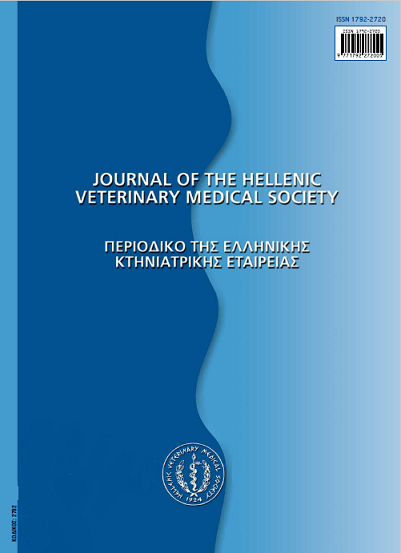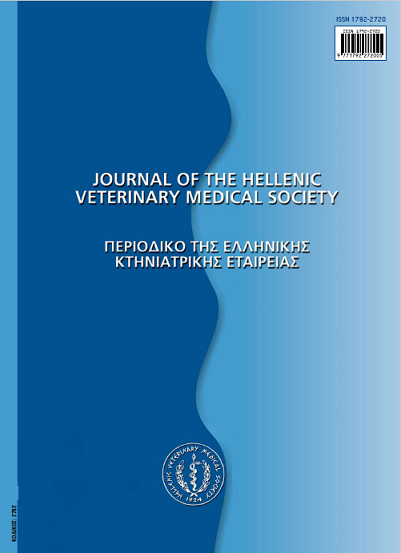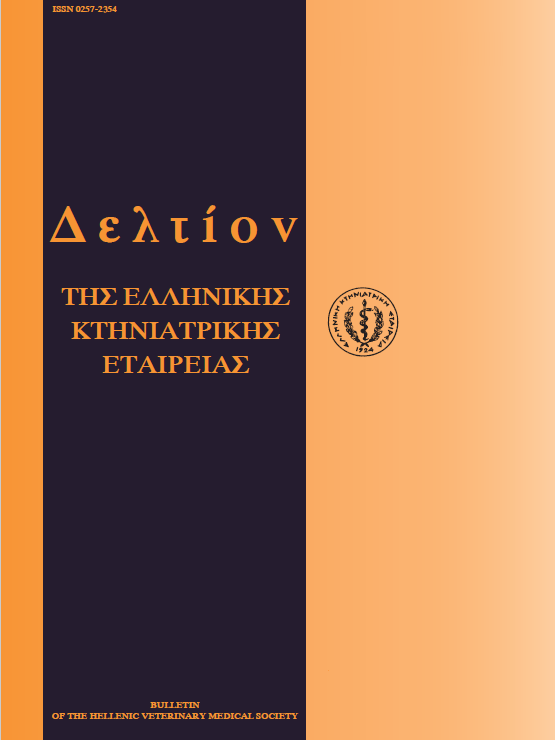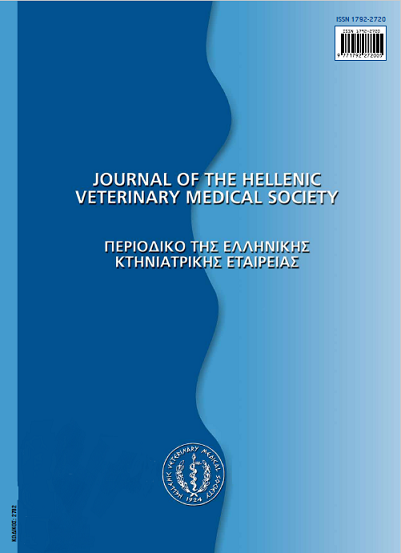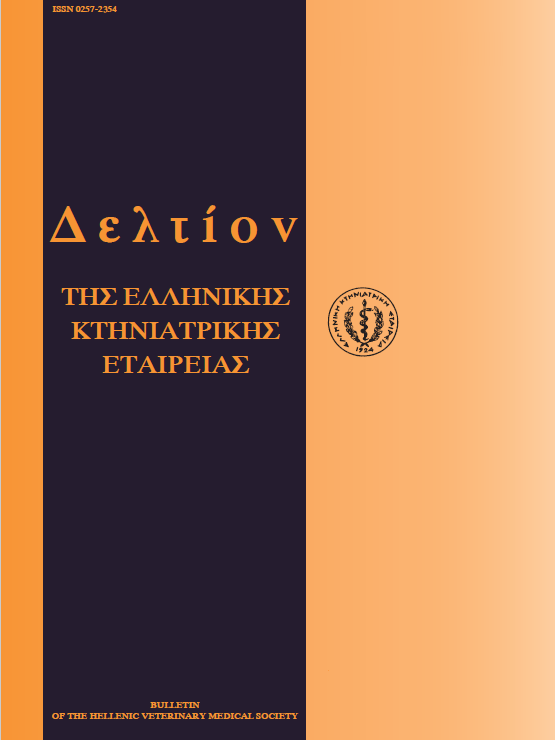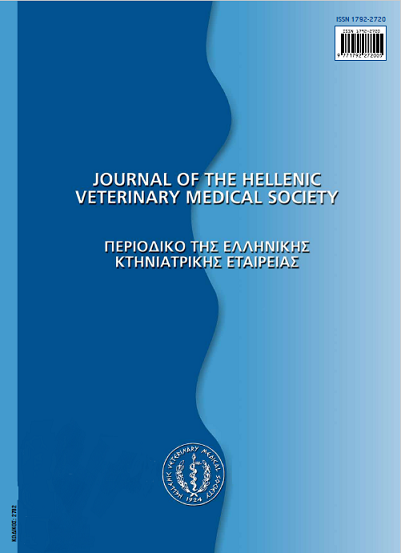Subacute ruminai acidosis in dairy cows
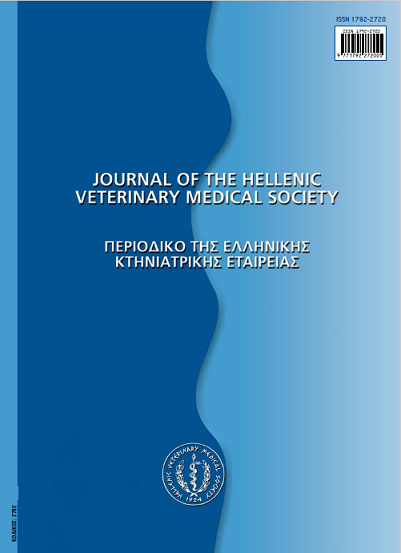
Abstract
Subacute or subclinical ruminai acidosis (SARA) is one of the most important metabolic diseases of dairy cows, characterized by a decrease in pH of rumen fluid below 5.5 (up to 5), certain hours after feeding. SARA is commonly found in intensive livestock production systems; so far, its prevalence has been studied only in few countries and was found to be particularly high. The disease is caused by a decrease in rumen pH below normal level, due to an excessive increase of rumen volatile fattyacids (VFA) concentration. The increased concentration of VFA could be due to diets rich in easily fermentable carbohydrates or slow absorption of the VFA by the rumen wall, due to maladjustment in high energy diets. Finely chopped feeds that do not adequately stimulate mastication and rumination, resulting in less production of saliva that acts as a buffer of the rumen fluid pH, seem to play an important role in the etiology of the disease. The diagnosis of SARA, based on its definition, is established by rumen pH determination, at specific time intervals after feeding. Continuous pH data acquisition can be obtained, for research purposes only, by rumen cannulation and immersion in rumen fluid of a pH-meter that continuously transmits pH data to a computer. Alternatively, the pH-measuring device can be inserted orally into the rumen in a bolus form, which is also a transmittersending the pH data continuously to a computer. The latter method is very promising for clinical practice, but, unfortunately, is currently too expensive. It is easier and more affordable for practitioners to obtain a rumen fluid sample by either using a rumen tube or, preferably, by performing rumenocentesis, by which rumen fluid free of "contaminating" saliva is collected. Rumenocentesis is safe, easy to perform and more accurate than rumen tubing. The impact of SARA in dairy cows includes,amongst others, reduction of milk production, milk fat content depression, laminitis and, therefore, lameness, liver abscesses formation and, therefore, caudal vena cava syndrome, increased culling rate without any obvious cause etc. SARA treatment and prevention is mainly based on management and dietary measures that eliminate the causes of the disease.
Article Details
- How to Cite
-
KITKAS (Γ.Χ. ΚΙΤΚΑΣ) G. C., PANOUSIS (Ν. ΠΑΝΟΥΣΗΣ) N., VALERGAKIS (Γ.Ε. ΒΑΛΕΡΓΑΚΗΣ) G. E., & KARATZIAS (Χ. ΚΑΡΑΤΖΙΑΣ) C. (2017). Subacute ruminai acidosis in dairy cows. Journal of the Hellenic Veterinary Medical Society, 62(4), 352–362. https://doi.org/10.12681/jhvms.14867
- Issue
- Vol. 62 No. 4 (2011)
- Section
- Review Articles
Authors who publish with this journal agree to the following terms:
· Authors retain copyright and grant the journal right of first publication with the work simultaneously licensed under a Creative Commons Attribution Non-Commercial License that allows others to share the work with an acknowledgement of the work's authorship and initial publication in this journal.
· Authors are able to enter into separate, additional contractual arrangements for the non-exclusive distribution of the journal's published version of the work (e.g. post it to an institutional repository or publish it in a book), with an acknowledgement of its initial publication in this journal.
· Authors are permitted and encouraged to post their work online (preferably in institutional repositories or on their website) prior to and during the submission process, as it can lead to productive exchanges, as well as earlier and greater citation of published work.



